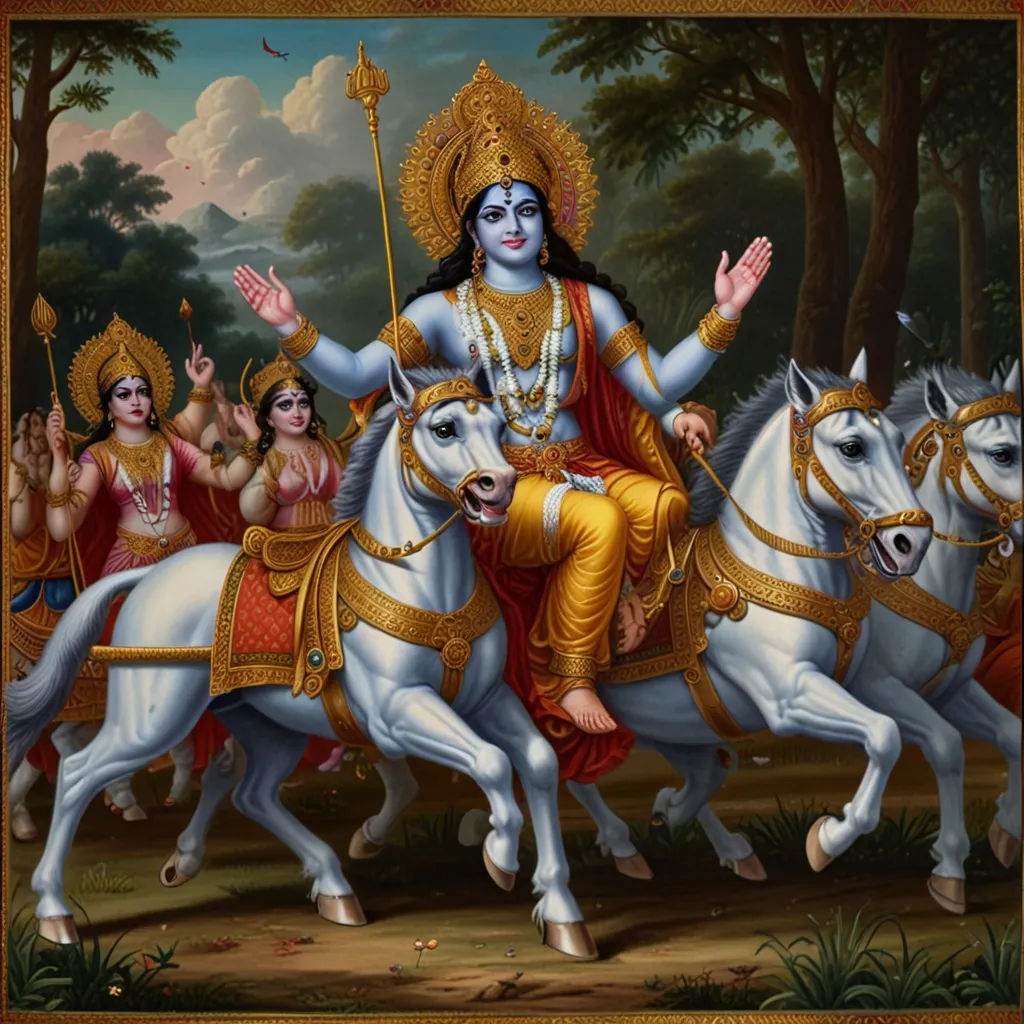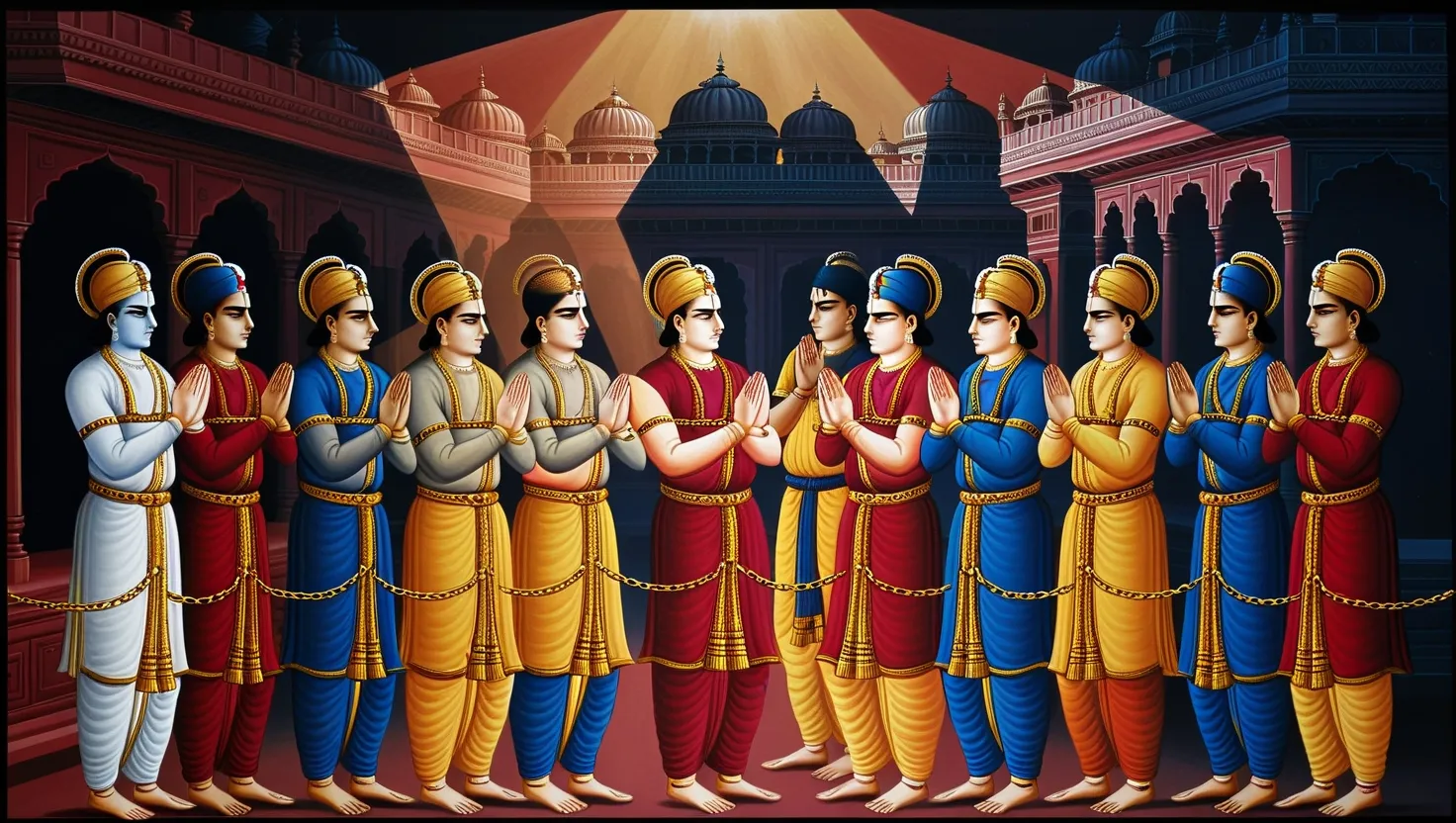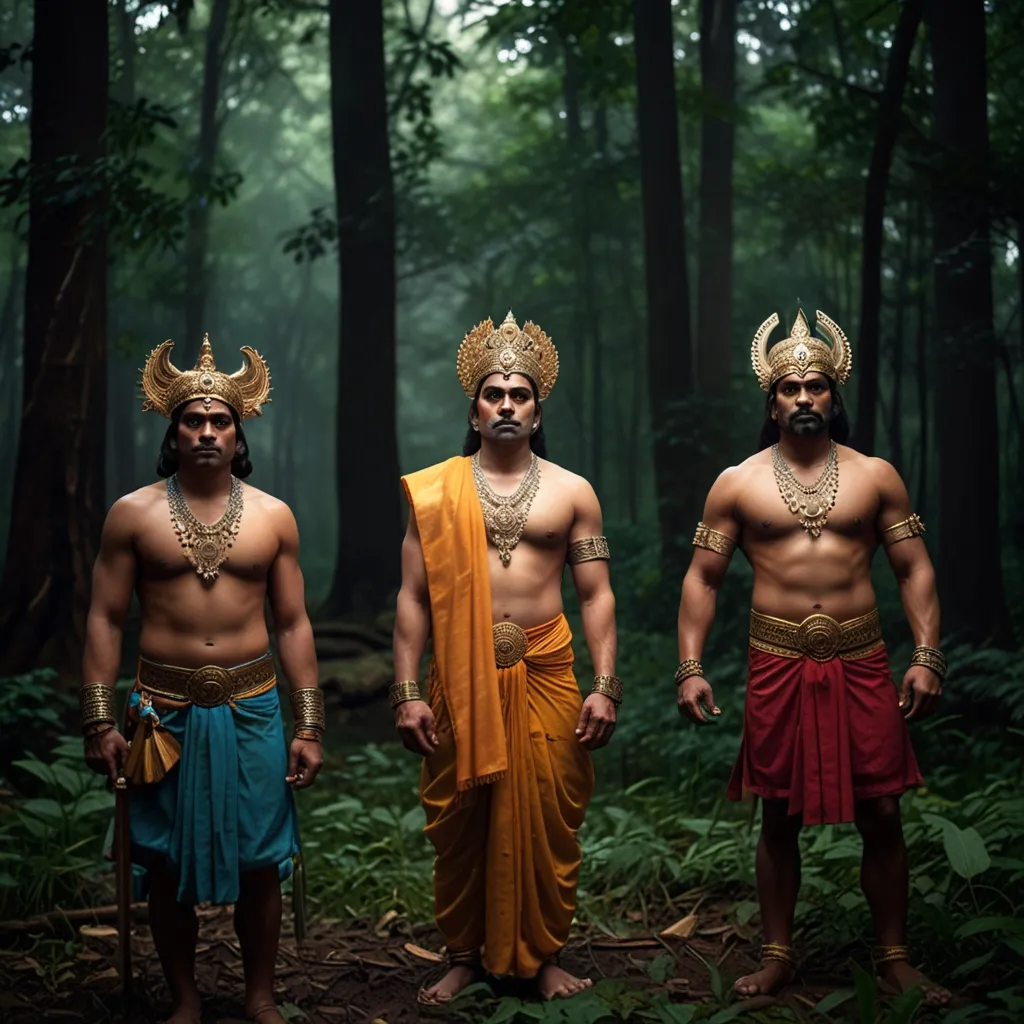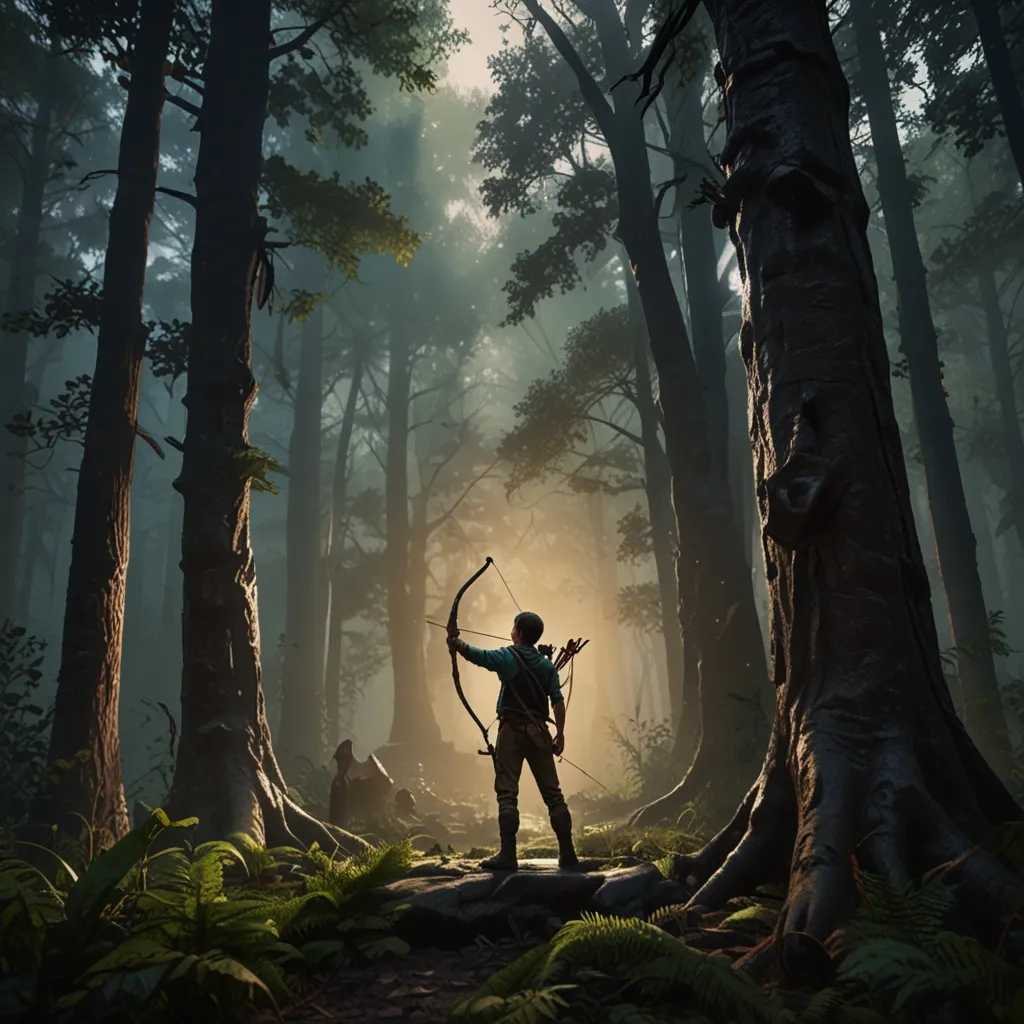Subhadra, the sister of deities Krishna and Balarama, is an enigmatic figure in Hindu mythology, and her marriage to Arjuna, one of the Pandava brothers, is a captivating story packed with love, intrigue, and divine meddling. This tale, firmly rooted in the epic, the Mahabharata, has been told in numerous versions. Each retelling adds its unique flair and details, making it even more interesting.
The fascinating tale begins with Arjuna in a self-imposed exile after unwittingly breaking a pact with his brothers about their shared wife, Draupadi. Swamped with guilt, Arjuna hit the road on a pilgrimage for redemption. His journeys took him to Dvaraka, where he reunited with his maternal cousin, Krishna. During a festival at Raivata mountain, Arjuna first saw the beautiful Subhadra and was immediately captivated by her.
Krishna, already wise to Arjuna’s feelings, let slip that Subhadra was his half-sister and nudged Arjuna towards eloping with her. This suggestion wasn’t a mere whim; Balarama, Subhadra’s older brother, had diametrically opposing plans for her. In some renditions of the story, Balarama was keen on marrying Subhadra off to Duryodhana, a match Subhadra wasn’t particularly fond of.
Krishna unveiled a crafty plan, centered around a substantial ritual dedicated to Lord Shiva, which necessitated the Yadavas leaving Dvaraka for an island. This would be the perfect scenario for Arjuna and Subhadra’s getaway. Arjuna, albeit initially reluctant, got on board with Krishna’s plan. Disguised as an ascetic (a common trope in tales for hiding one’s true identity), Arjuna waited for the right opportunity to declare his love to Subhadra.
Subhadra, already aware of Arjuna from the whispers and descriptions from Gada and Krishna, was stirred by his presence. When the moment was ripe, Arjuna disclosed his true self, and their feelings mutually acknowledged, they embarked on their escape. Krishna’s chariot became their getaway vehicle, with Subhadra skillfully in the driver’s seat. As they made their dash, they were confronted by guards, but Arjuna disabled them using his divine weapons, ensuring nobody got hurt and their passage was clear.
Upon hearing the news of their elopement, Balarama’s initial reaction was one of outrage. However, with time and perhaps some divine intervention, he came around. He accepted the union and even showered the couple with gifts, recognizing Subhadra’s choice. Later, their marriage was solemnized with Vedic rituals, and they were blessed with a son, whom they named Abhimanyu. The name Abhimanyu, translating to “without fear,” was apt as he grew into a valorous warrior, trained by both Arjuna and Krishna.
The spirited saga of Subhadra and Arjuna’s marriage stands as a testament to love’s resolve and the sagacity of divine intervention. It beautifully underscores the intricacies of familial relationships and the essence of following one’s heart. This tale, deeply etched in ancient lore, continues to mesmerize everyone with its heady blend of romance, adventure, and spiritual wisdom.
There’s something timeless about the love story of Subhadra and Arjuna. From Arjuna’s exile and the heavy feeling of guilt leading him to reunite with Krishna in Dvaraka, to the festival where a single glance set off a chain of events that would change their lives forever. The notion of forbidden love, with Balarama’s initial disapproval and alternative plans for Subhadra’s marriage, adds a gripping layer of tension and drama to the tale.
Krishna’s role as the mastermind behind the elopement plan showcases his protective nature towards his sister and his unspoken support for Arjuna. This bond between Krishna and Arjuna, coupled with Krishna’s wisdom in devising plans against odds, adds depth to their characters and the story itself.
Disguises, a staple in many legendary narratives, play a significant role here too. Arjuna’s transformation into an ascetic to conceal his real identity adds a flavor of mystery. Subhadra’s immediate recognition of him from tales spun by Krishna and Gada injects a sense of predestined connection, making their bond appear even stronger.
The thrilling escape on Krishna’s chariot, driven by Subhadra herself, paints a picture of mutual trust and shared adventure between the couple. It’s not just Arjuna’s strength but also Subhadra’s swiftness and skill that enable their successful evasion. Even the detail of Arjuna’s effort to disable rather than harm the guards, highlights his respect for life and humanity amidst tumultuous events.
Balarama’s ultimate acceptance of Subhadra’s choice and the formalization of their marriage brings the story to a closure that harmonizes rebellion with respect for traditional customs. The birth of Abhimanyu and his nurturing by two mighty warriors, Arjuna and Krishna, project a future of valor and continuity of heroic legacy.
The narrative of Subhadra and Arjuna isn’t just a story from the past. It’s an allegory of love prevailing over societal norms, individual choices respected even within traditions, and the perennial dance between human decisions and divine designs. It eloquently speaks to the heart, making it a favorite recounted vividly in various adaptations, each retelling reiterating its timeless appeal.
The story also resonates because of its vibrant characters. Subhadra, not just a damsel in distress, but an active participant in her fate. Arjuna, a heroic figure facing personal demons, yet capable of profound love. Krishna, the wise orchestrator, guiding through the labyrinth of human emotions and divine duties. And Balarama, whose journey from anger to acceptance adds a human touch to divine relations.
Such tales, blending the earthly with the divine, the ordinary with the extraordinary, reverberate through time. They remind us of human virtues, divine wisdom, and the perennial power of love to transcend conventions, bridging epochs and hearts alike.
And maybe, just maybe, it’s these timeless truths wrapped in ancient narratives that continue to draw us into their magical folds, captivating our imaginations, soothing our souls, and whispering age-old wisdoms that remain relevant even in our modern lives.






